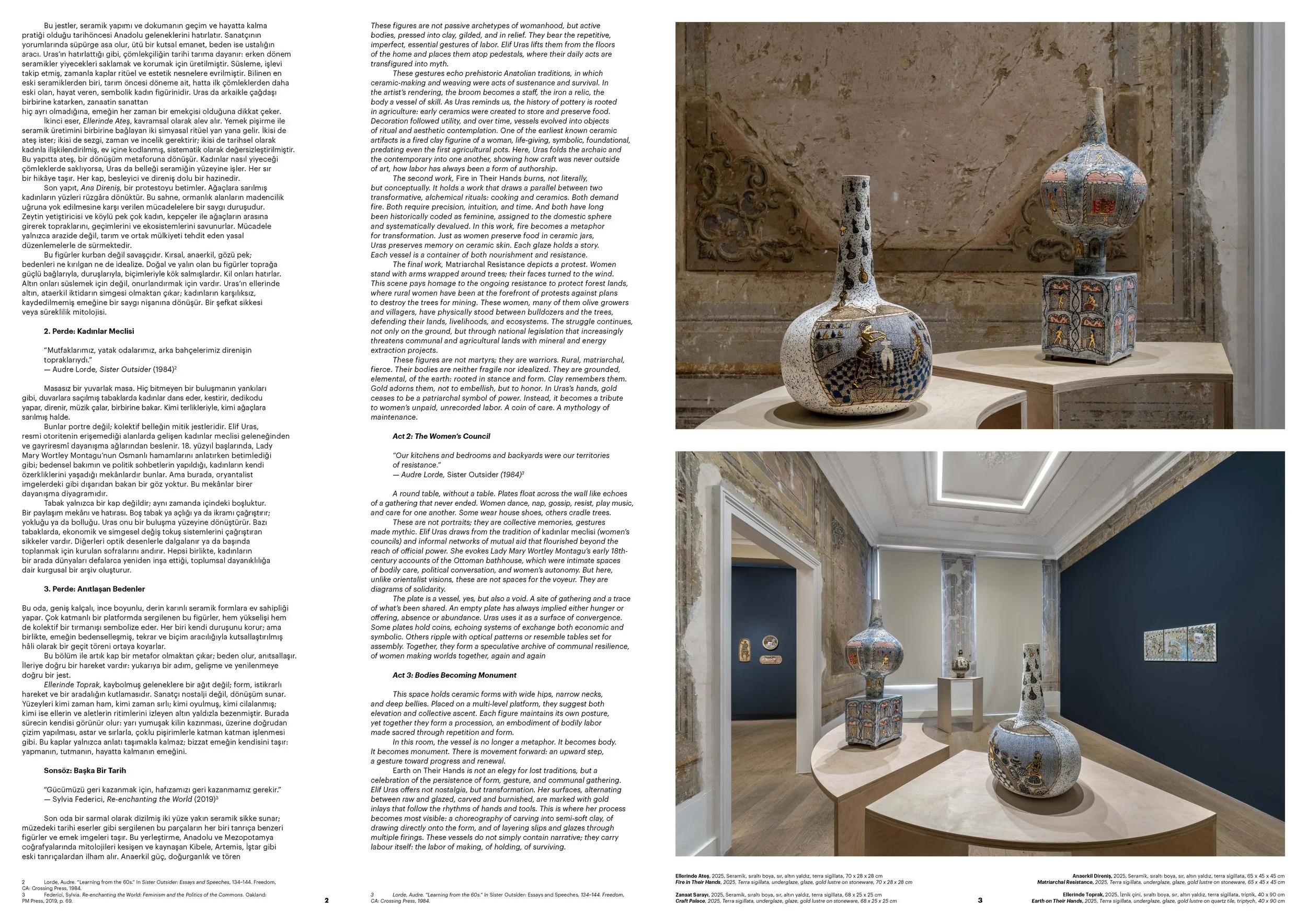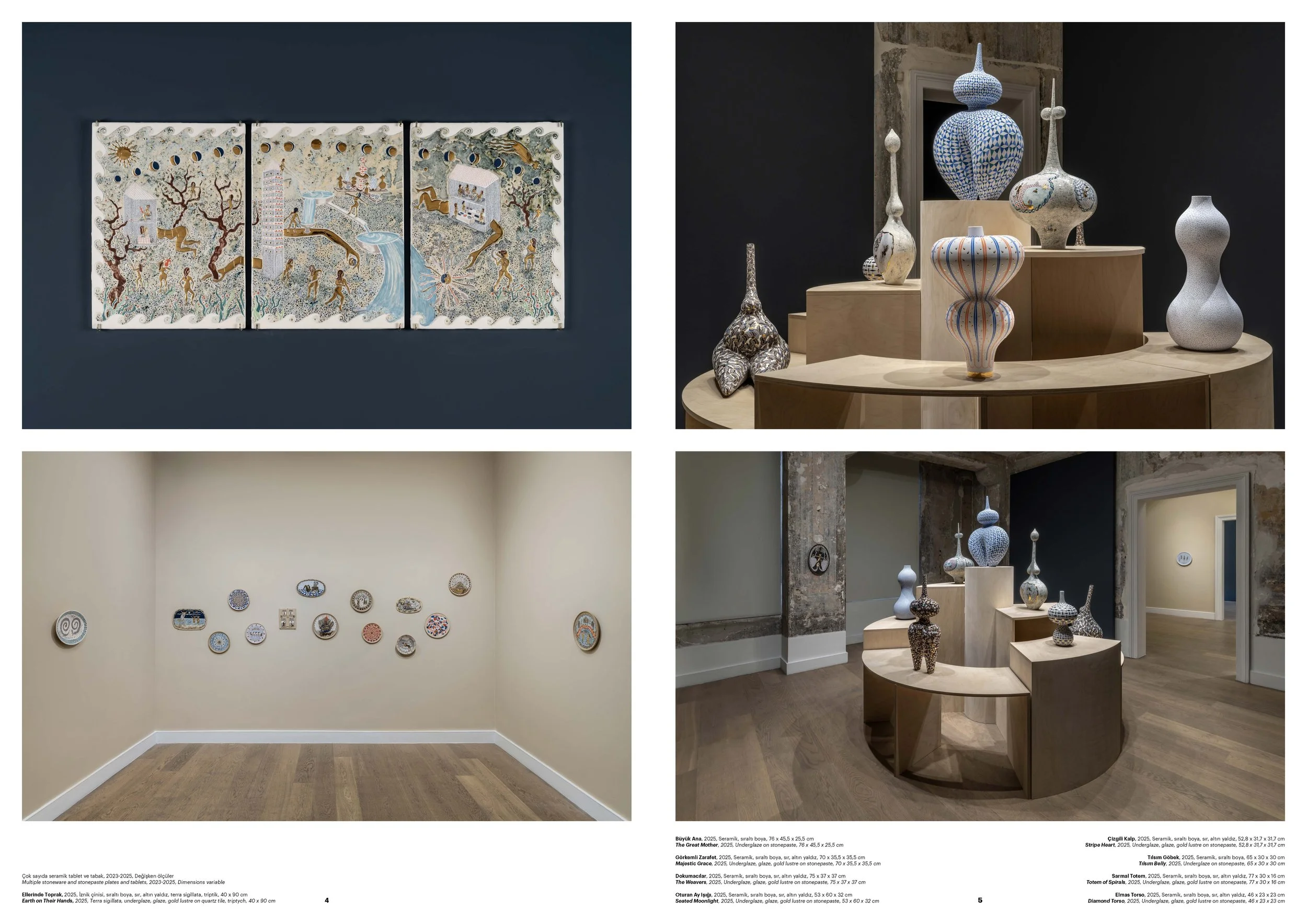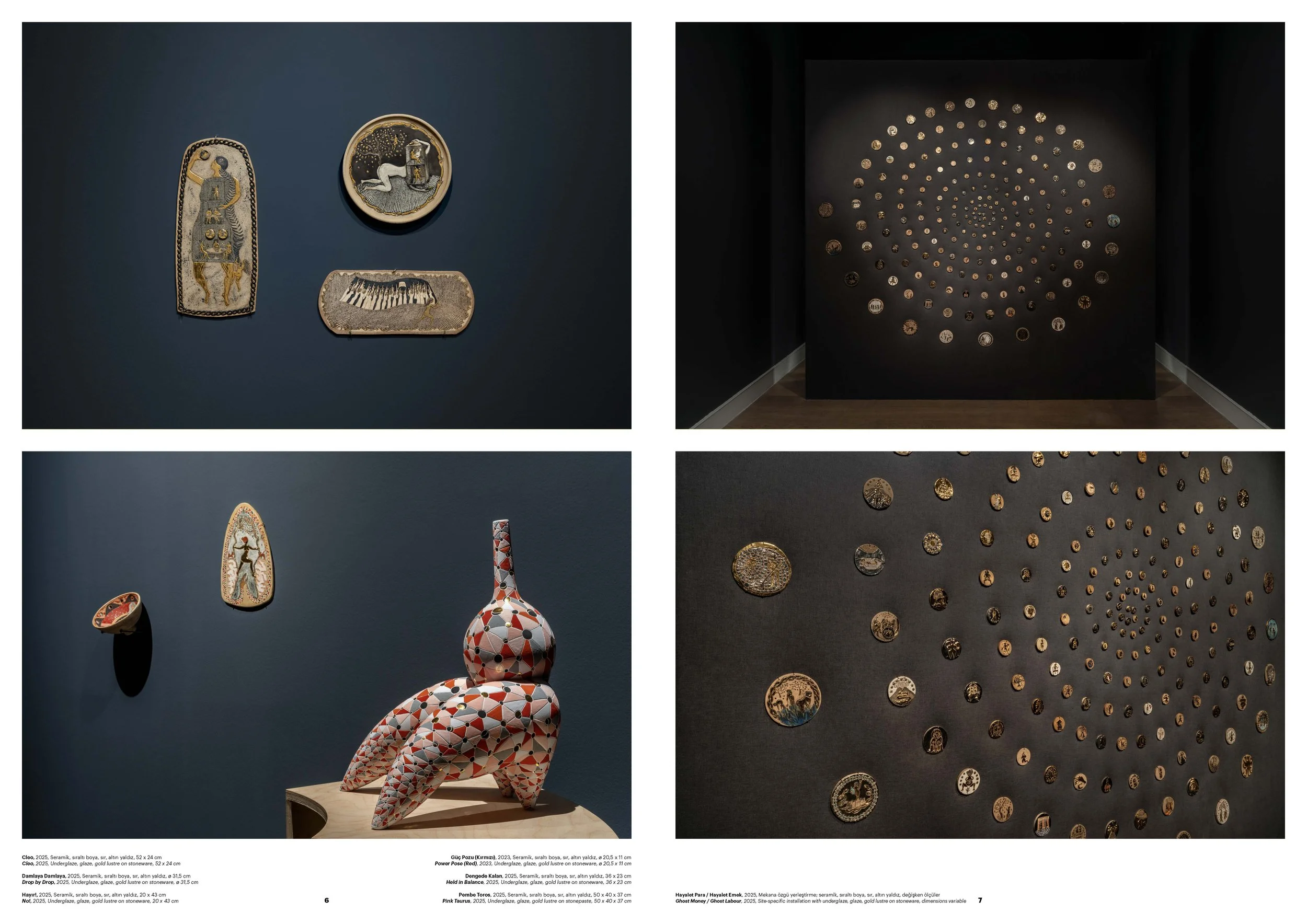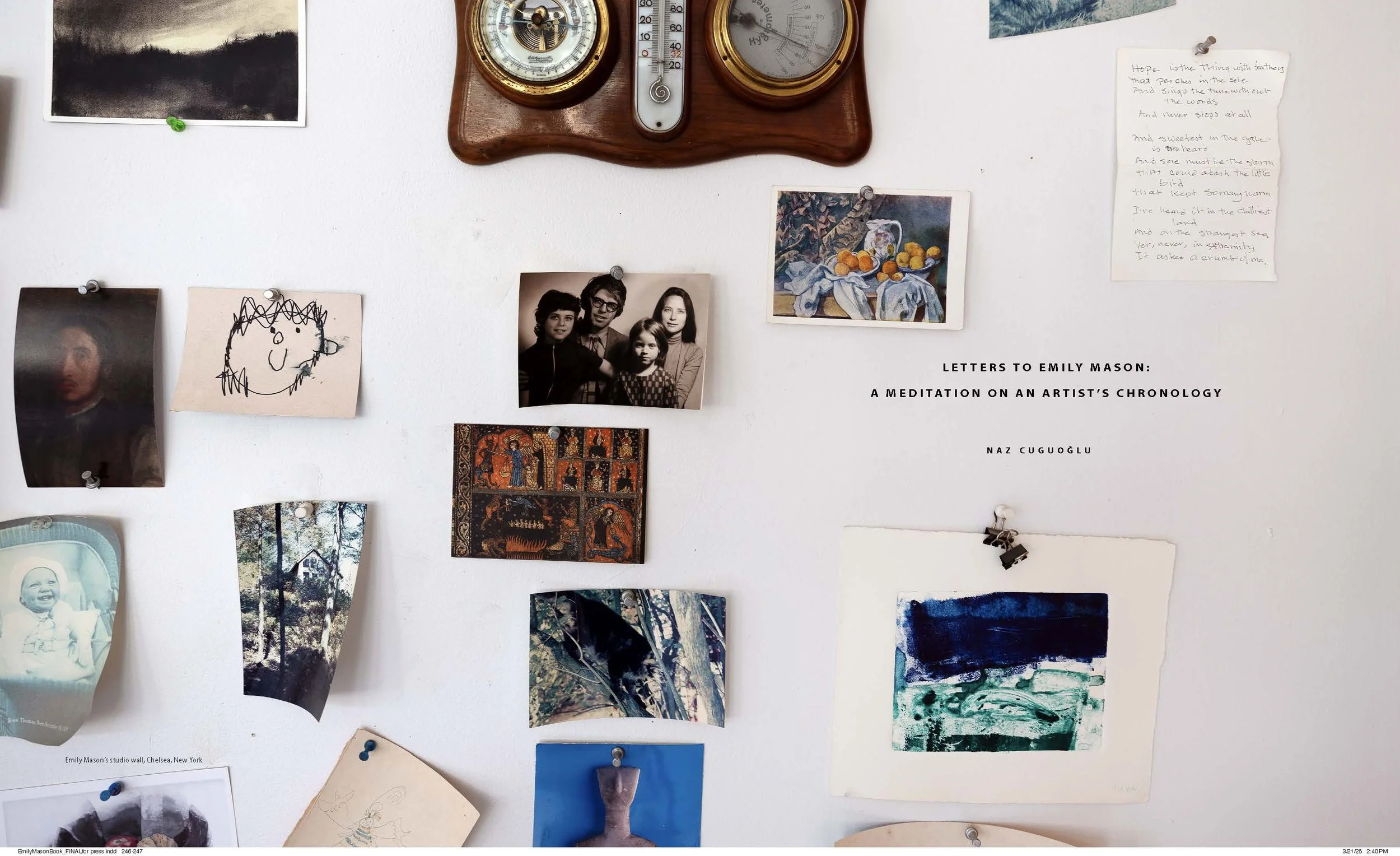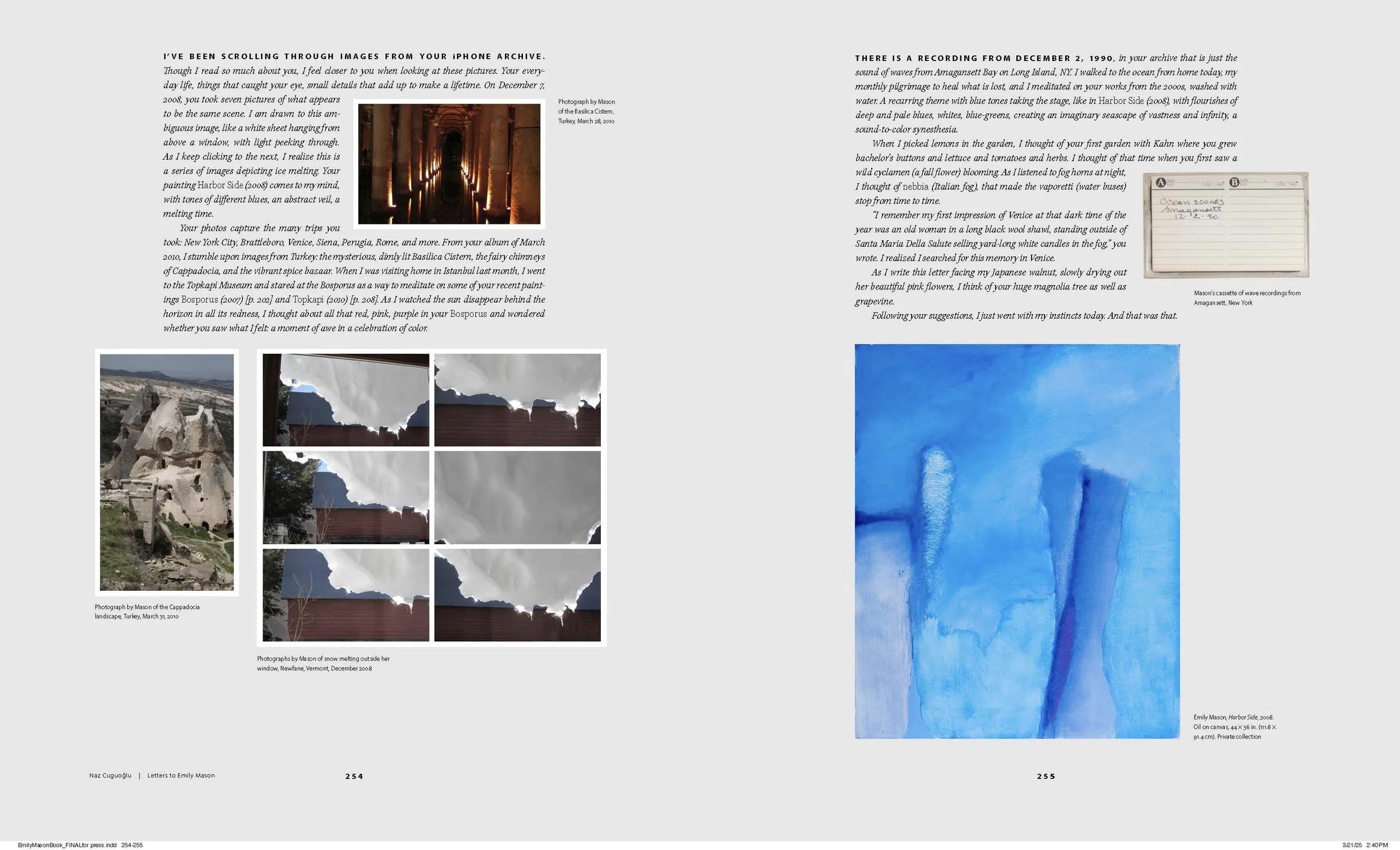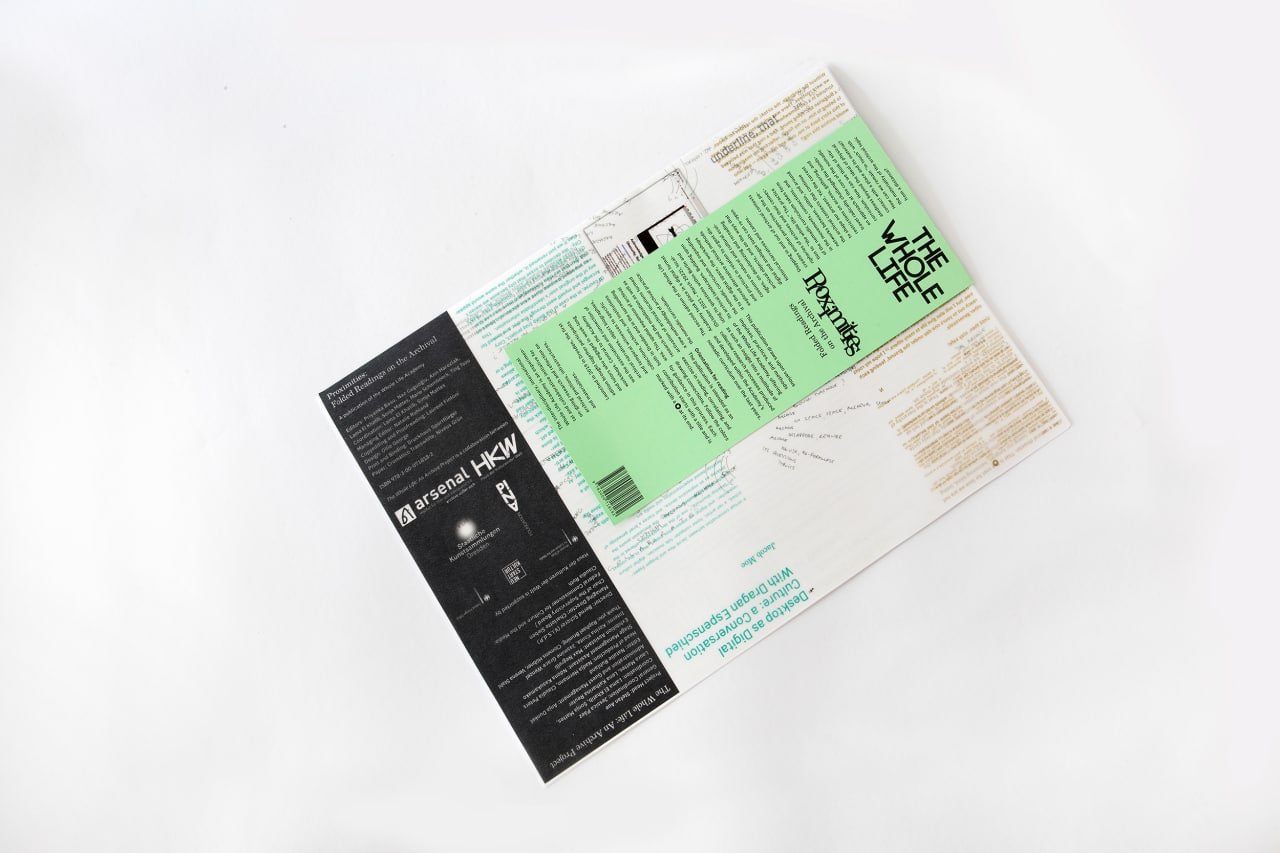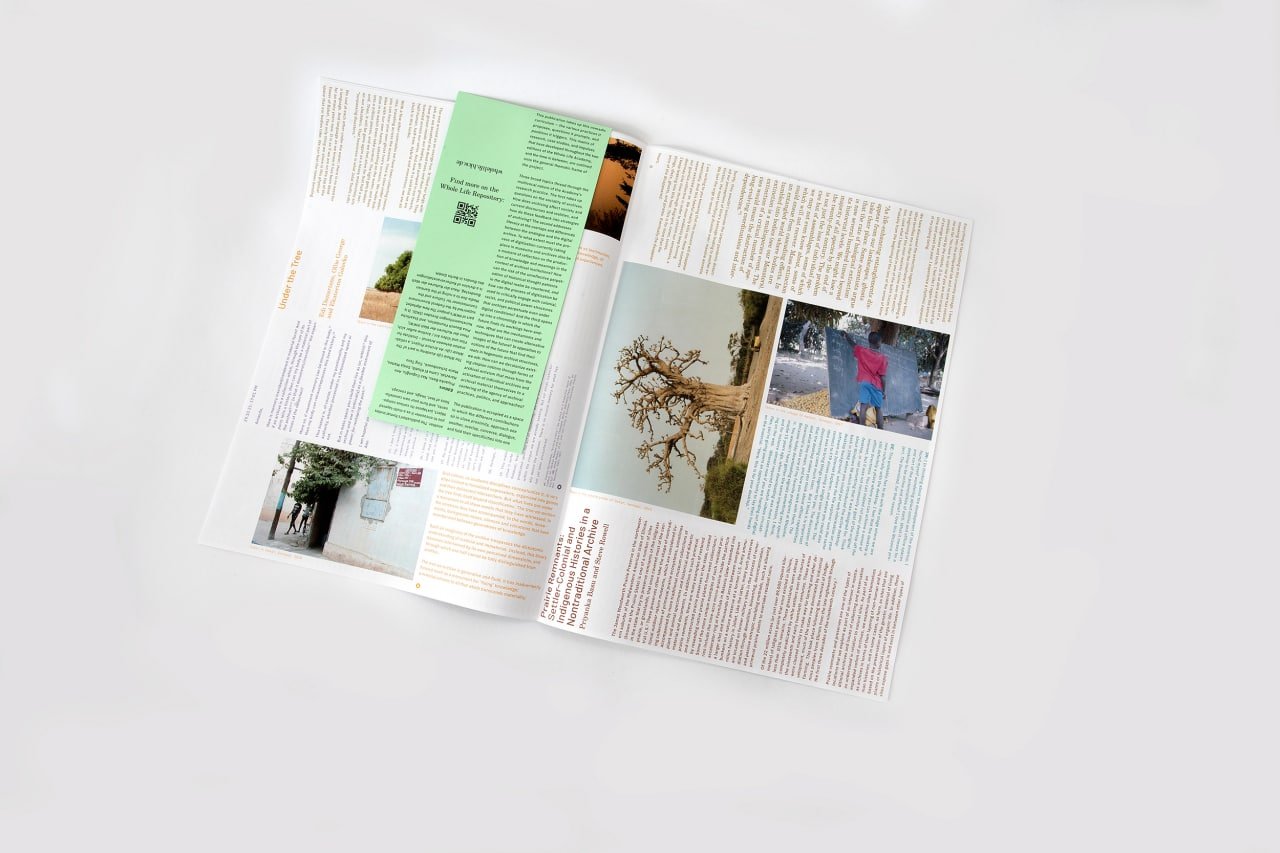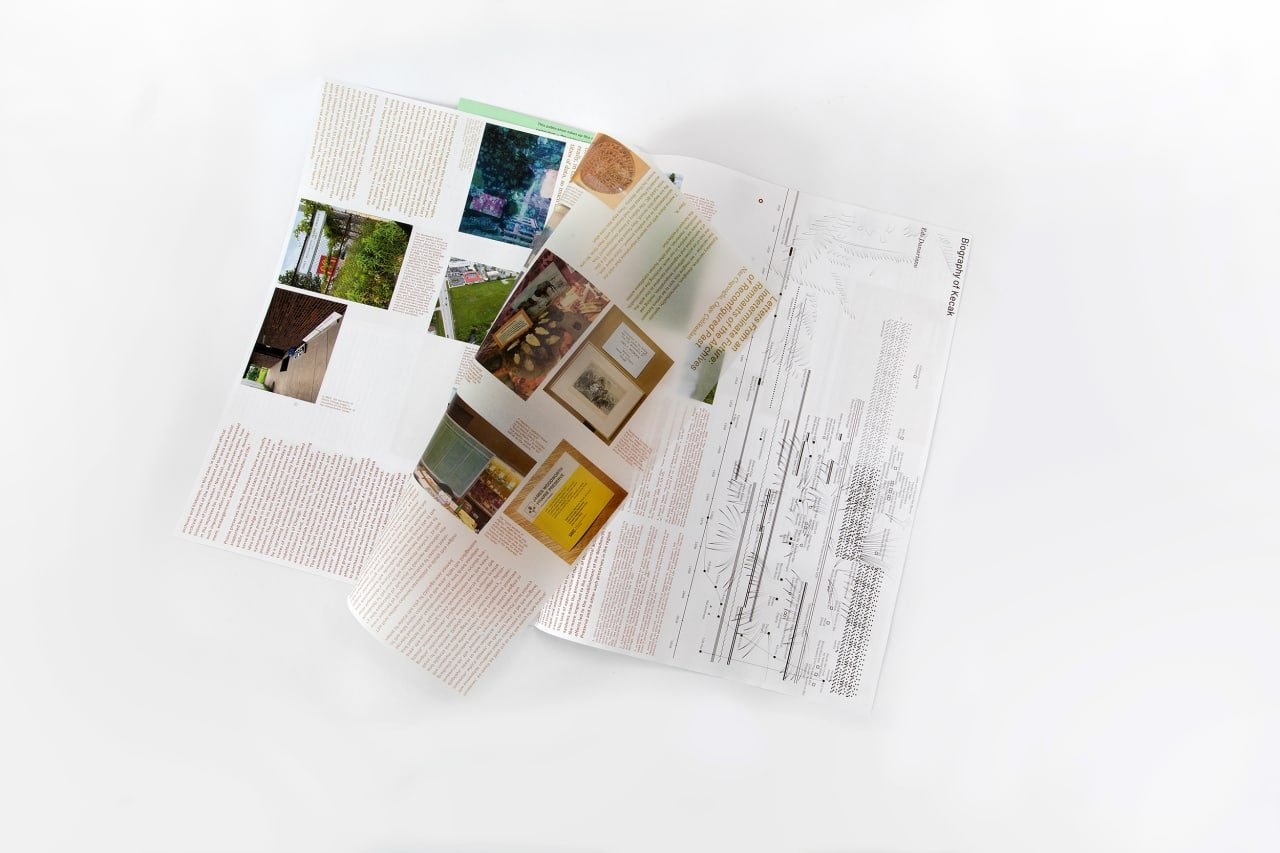Art Writing
TARWUK for White Cube /
White Cube participates in the 2025 edition of The Armory Show, returning for the first time since its inaugural edition in 1994 with a solo presentation of new painting, sculpture and works on paper by the Croatian-born, New York-based artists, TARWUK.
Essay by Naz Cuguoğlu.
Emily Mason Monograph by Rizzoli Electa /
Now available in bookstores and online, Emily Mason: Unknown to Possibility will be the first comprehensive monograph on the life and work of Emily Mason.
Published by Rizzoli Electa, this volume delves into Mason’s artistic evolution, spanning from her education at The Cooper Union to her unique and dedicated approach that transcended conventional art movements. The essays explore her significant works on paper, prints, and clayboards, highlighting her technical mastery and adaptability. Personal writings provide insights into Mason’s reflections and experiences, enriching our understanding of her lasting legacy.
Emily Mason: Unknown to Possibility is edited by Elisa Wouk Almino with a main essay by Dr. Barbara Stehle, and contains contributions by Naz Cuguoğlu, David Ebony, Morgan English, Carrie Moyer, Steven R. Rose, Jenni Sorkin, and Nari Ward.
Where Do We Go From Here: Reflections on the After Hope Reading Group /
Where Do We Go From Here: Reflections on the After Hope Reading Group
Published in Art, Hope, Action
Edited by Padma Dorje Maitland
Archive Books, 2024
We are proud to share our contribution as Collective Çukurcuma to the anthology Art, Hope, Action, published by Archive Books and edited by Padma Dorje Maitland. Our text, “Where Do We Go From Here: Reflections on the After Hope Reading Group,” reflects on a transnational, eight-week gathering of artists, curators, and researchers held in early 2021—across Istanbul, San Francisco, London, and beyond.
As part of After Hope: Videos of Resistance at the Asian Art Museum, the reading group offered a space for collective mourning and speculative worldbuilding at a time marked by the global pandemic, political unrest, and widespread uncertainty. Together, we read and reflected on texts by Gayatri Chakravorty Spivak, Ursula K. Le Guin, Etel Adnan, Octavia E. Butler, Trinh T. Minh-ha, and others.
Our essay also includes a manual for starting your own reading group, an offering grounded in practices of care, collaboration, and shared inquiry.
The publication features contributions from artists, writers, and collectives engaging with themes of resistance, imagination, and the transformative role of art in crisis.
Learn more / order the book:
https://www.archivebooks.org/art-hope-action/
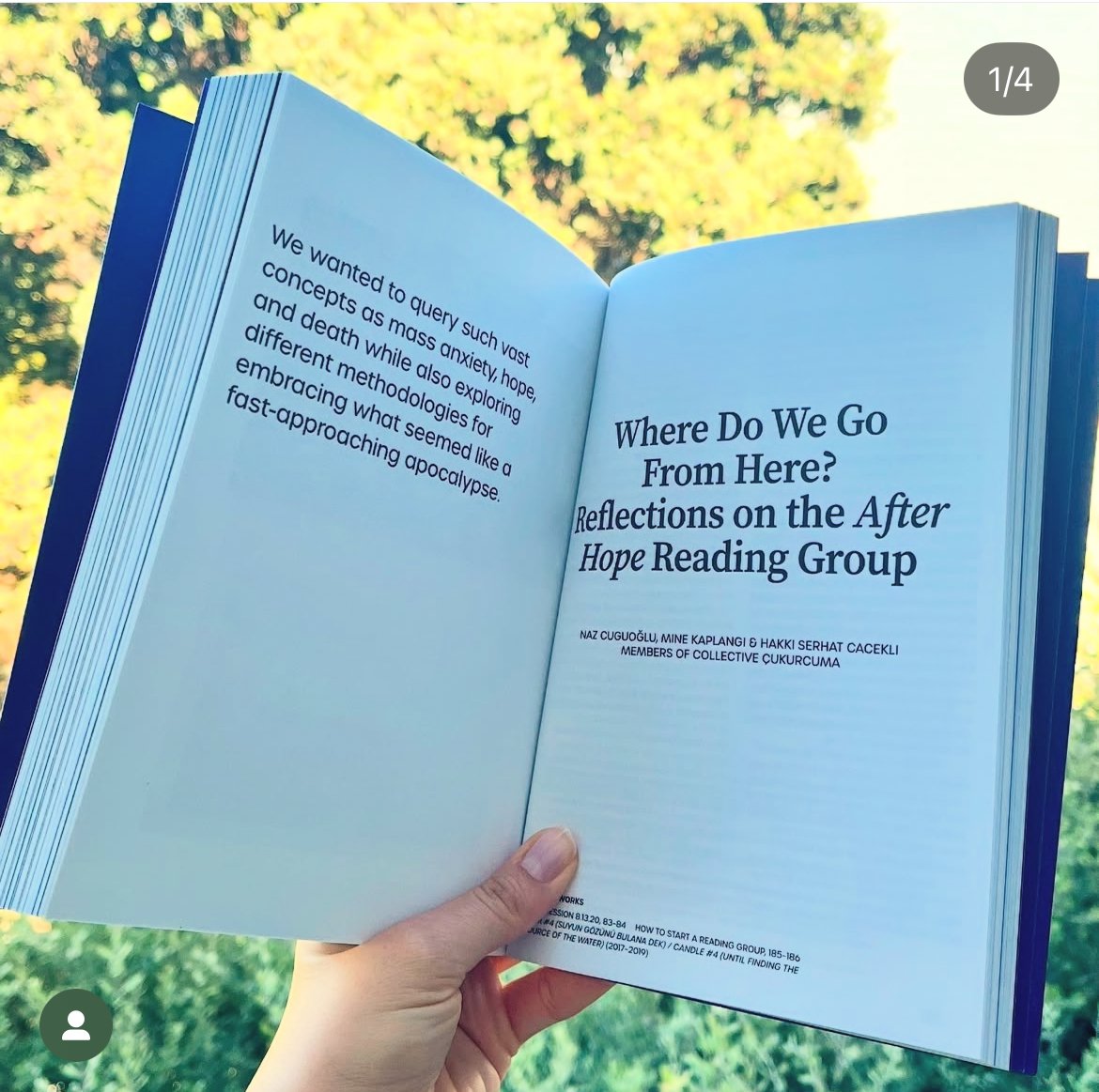
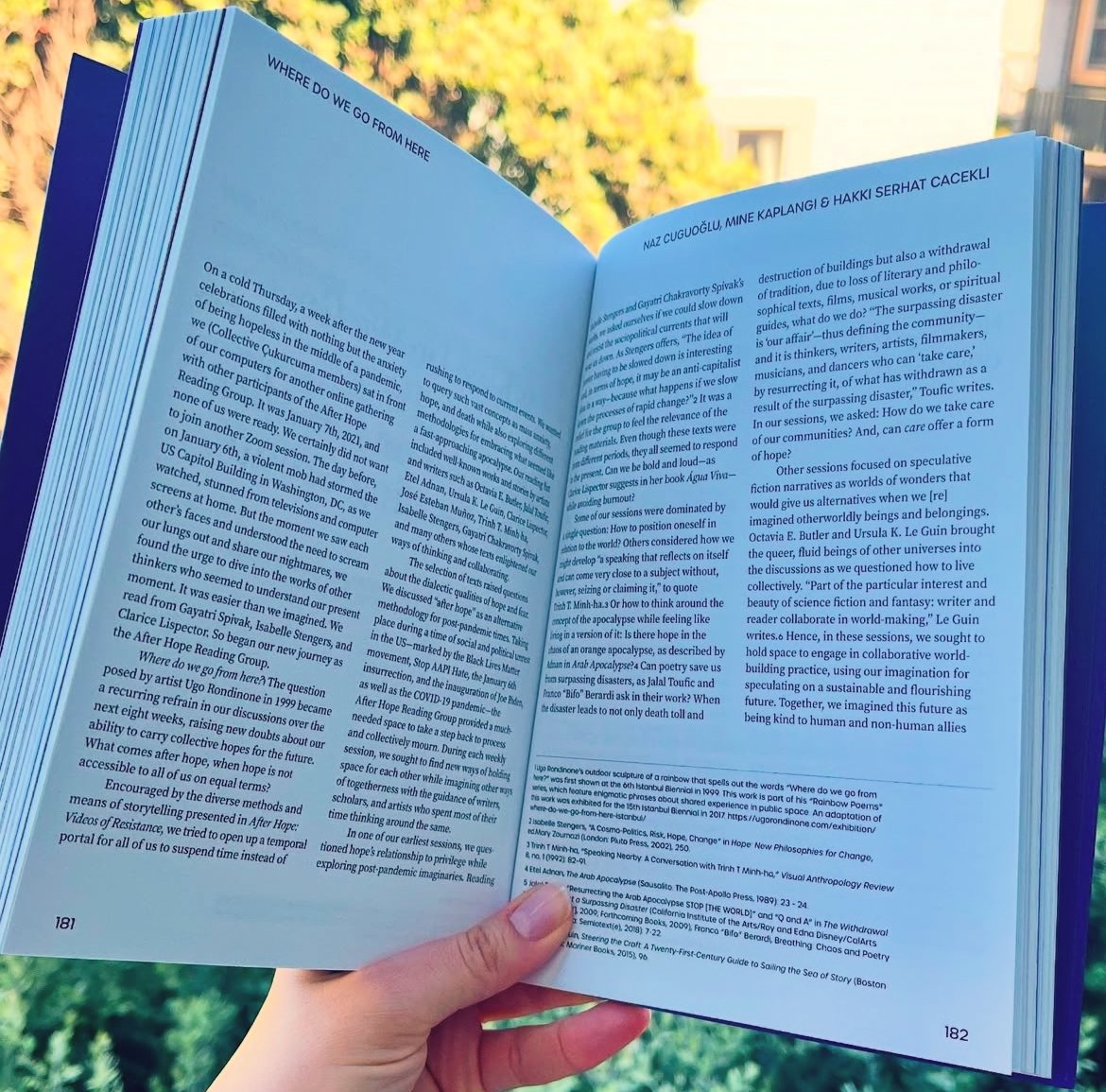
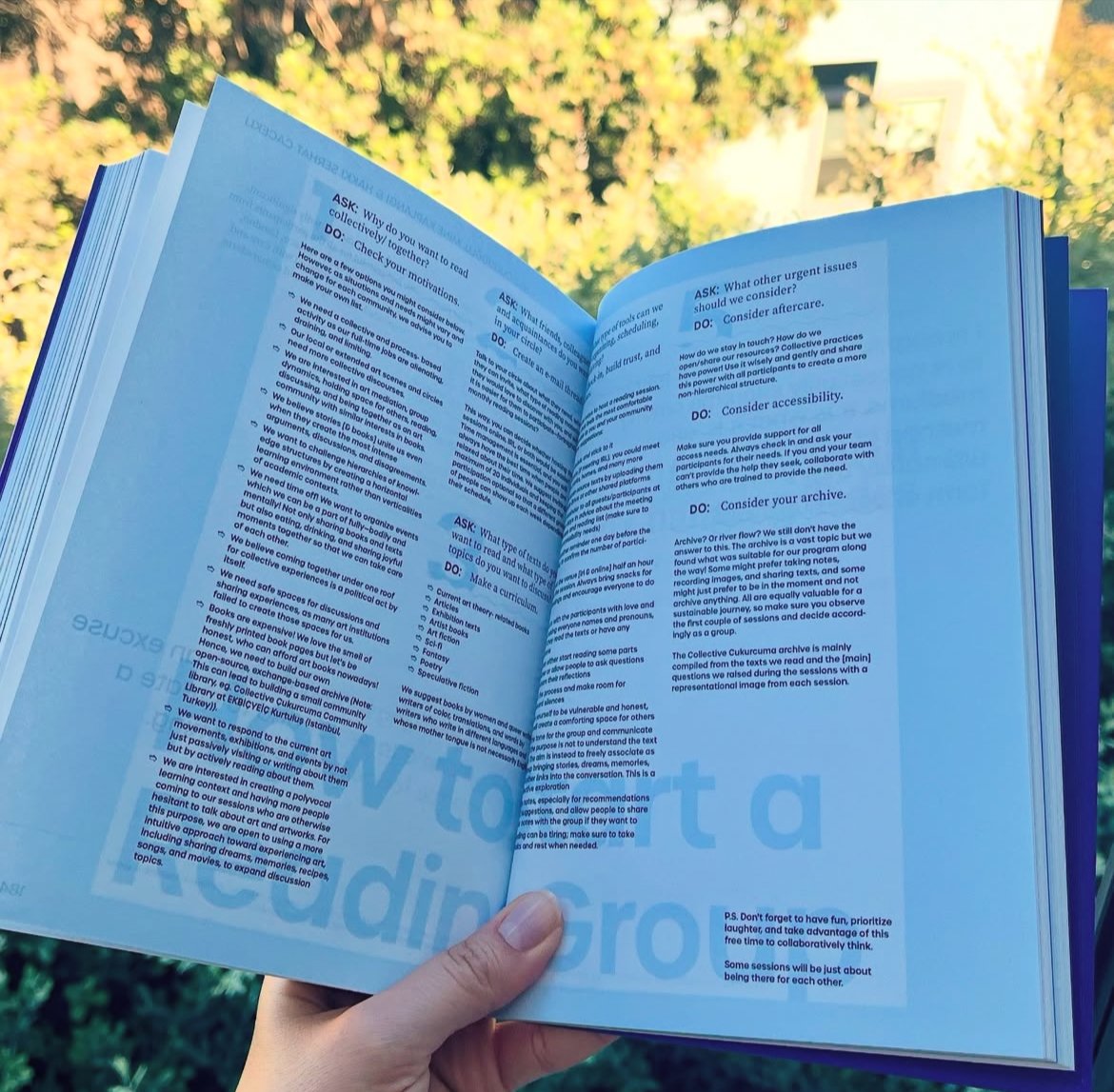

Rupy C. Tut // SFMOMA Catalog /
Every two years, SFMOMA celebrates Bay Area artists and our creative community with the SECA Art Award. Established in 1967, the award has honored nearly one hundred local recipients with an exhibition and platform for expanding their practices and sharing their work with new audiences. The 2024 SECA Art Award exhibition celebrates Rose D’Amato, Angela Hennessy, and Rupy C. Tut. Each artist has conceived a gallery with new works that bring distinct perspectives, processes, and materials into the museum.
More information about the catalog.
Imagination as a Radical Duty: Sofía Córdova /
CCA Campus Gallery presents Reunited, a collaboration with the San Francisco Advocacy for the National Museum of Women in the Arts. Complementing the exhibition is a unique catalogue available for purchase that was designed by GRL GRP and printed by Colpa Press. The catalogue is a collection of twelve booklets that provides an in-depth look at each artist’s work
Lebriz Collection Book /
Love Letters // Tohu Magazine /
Love Letters is an exchange of letters and poems between two collaborators, work partners but also good friends who used to share the same city but departed due to personal decisions. As the co-founders of Collective Çukurcuma, Mine Kaplangi and Naz Cuguoglu have been experimenting on collective writing in recent years. For this special issue they write Love Letters to one another.
Reforming Relationships in the Classroom // Art Asia Pacific /
Review: Carlos Villa Worlds in Collision // Art Asia Pacific /
Letters from indeterminate future: Remnants of the archives of reconfigured past // HKW Haus der Kulturen der Welt /
Letters from indeterminate future: Remnants of the archives of reconfigured past
by Naz Cuguoğlu, Özge Çelikaslan
The Art World’s Tainted Love for “Discovering” Artists: The Case of Etel Adnan // HYPERALLERGIC /
“What does the discovery narrative do? On the one hand, it gives more visibility and acknowledgement; on the other hand, it narrows down complicated histories — or omits them altogether. Artists being presented by Western institutions for the first time get portrayed as exhibiting for the first time in their careers. This understanding assumes that they were not acknowledged before. This institutional narrative of “rediscovered” artists therefore creates a myth around their practice. Their histories outside Western institutions or by non-Western curators do not get counted. Eventually, discovery assumes the prerequisite of an acknowledgment from the cultural mainstream, one “naturally” positioned in the West. It creates a hierarchy between West and non-West, between institutional spaces in the cultural mainstream — museums and acclaimed institutions — and spaces and cultures relegated to outsider status: alternative exhibition spaces, galleries, non-Western museums, and small or mid-sized institutions.”
Fragmented Apocalyptic Thoughts on Healing, Mountains, Aliens, and Other Cosmic Events // Hamam Magazine /
Dear M // For "Beyond Limits" by Daniel Stubenvoll /
Texts and Interviews / University of Washington - School of Art + Art History + Design /
Across the Blue Venus / The Wattis Institute /
This story is an experiment in speculative fiction to imaginatively bring the artworks featured in the exhibition The Word for World is Forest together. (This text was published in the exhibition catalog, for more information, please click here.)
Belonging / SFMOMA Open Space /
Dear Mine,
It was not easy to get here. It took me many rainy days in San Francisco to self-reflect, thinking about inequality and privilege. Witnessing a homeless man sleeping on top of a sewer lid to warm his body with toxic gas while another man took a picture of this scene, maybe to post on social media; deep thinking about a country’s history that I did not feel any responsibility for before.
Illusions about belonging.
Published in SFMOMA’s Open Space.
FLOW - A collaborative text / Droste Effect /
Collective Çukurcuma (Naz Cuguoğlu & Mine Kaplangı) included video works of Funa Ye and the Istanbul Queer Art Collective (Tuna Erdem & Seda Ergul) as part of the FLOW OUT exhibition, hosted by Bilsart (Istanbul) and held between May 29 and June 30, 2019. The program is based on the common practice of thinking, expressing and writing collectively about the present. As co-authors, they continued to write the collective essay through email exchanges—no one is the owner of the piece, whereas each of them is a participant. FLOW OUT does not belong to a place, but it refers to contemporaneity, addressing the problem of authorship in a collaboration, and experimenting with the idea of thinking and producing together.
Published in Droste Effect Bulletin #19.
Continuity Error at SALT Beyoglu / Art Asia Pacific /
** This review is published in Art Asia Pacific. ISSUE 109, JUL/AUG 2018.
I experienced the 1990s in Istanbul as a child. I did not grow up in a family who regularly discussed politics, so what I remember from that period are mostly big gatherings with family friends and a feeling of community. The first major survey of Aydan Murtazaoğlu and Bülent Şangar, prominent figures who shaped the ‘90s Turkish contemporary art scene, presented as the reopening exhibition of SALT Beyoğlu in Istanbul, prompted a reconsideration of these glossed-over memories. Prints, photographs and installations from the ‘90s and early 2000s address a period that was in reality marked with the tightening of the state’s grip over citizens, enacted in the name of safeguarding the new neoliberal economic system; weakening workers’ rights; as well as the unsolved murders and kidnappings of Kurdish citizens who had been labeled terrorists. Yet, underlying the political and economic uncertainties of the time were the artists’ efforts in defusing the polarization of society, evident throughout the exhibition.
Most of the scenes captured in the show’s works, especially the photographs and the videos, depict the coexistence of individuals of different ages, political backgrounds and economic conditions in various public spaces, such as Şangar’s Untitled (1994), of a couple talking in Taksim Square. This brought to mind 2013’s Gezi Park protests, when citizens realized the power of banding together. Further proposing the significance of dialogue was the collaborative performance-installation Unemployed Employees-I found you a new job! (2006–2018) by Murtazaoğlu and Şangar. The work involved recent graduates from the art departments of local universities folding t-shirts while talking to the exhibition’s visitors about the challenges they face. These conversations were an attempt to spark much-needed empathy, and address the polarization of Turkish society, which is a pressing issue today. Even the artists’ tendency to produce in partnership with each other is a manifesto for this cause.
Works made by the artists individually nevertheless echoed the possibility of solidarity as well. Şangar’s Move Forward a Little (2004–05) comprises close-up photos of different public buses, collaged into one big bus with two fronts. One can see that the only way for the individuals trapped in the malformed vehicle to move forward is for them to come up with a solution together. Untitled (Windows) (1997–2007), another photography-based work by Şangar, suggests that one method to contribute to progress is to at least become an active witness, rather than fully ignore society’s problems. In the series of film strips, Şangar tries to escape from the window of a house, while Untitled (Accident) (1997–2000), captures the mysterious murder of a man, also played by the artist, from behind a steering wheel in a car. What is asked of the audience is to simply become involved in piecing together the narrative.
In Murtazaoğlu’s work, there is a second layer, which is the objectification of the female body in a patriarchal society—the suggested solution is the coming together of women from different backgrounds to enact change in their communities. Stadium (1993–95) is a photograph of young women at İnönü Stadium standing next to each other to form a diagrammatic figure of the ovary. The gathering subverts the official ceremonies held during country-wide holidays in the arena by inviting the attendees to celebrate their bodies and power, rather than a national event, as well as the function of the locale itself, meant to showcase typically male, physical prowess. In the photograph The Pilot (2001–03), a woman who is in official-like attire, with a white shirt and black trousers, talks to girls of Romany origin dressed in colorful, long skirts. Although more frequently seen in Turkey are scenarios of officials interrogating ethnic minorities, the faces of the three figures suggest an understanding towards each other.
As we approach the 2018 general elections in Turkey, what little hope there was for the future is dissipating. With over 100 academics and journalists still jailed and increased levels of control from political authorities on freedom of speech, the exhibition directed us to think about the power that is in collaborative action—there is no better time to start fostering feelings of mutual understanding.
The Archive of Feelings // Istanbul Queer Art Collective / M-est.org /
All images are selected from Istanbul Queer Art Collective’s work, Just in Bookcase, a wooden suitcase filled with personalised library cards, memorabilia, and photos. For more information about the work, please see: https://www.istanbulqueerartcollective.co.uk/just-in-bookcase
This article—published in m-est—is a text and image-based response to the performance work Psychic Bibliophiles: What the Cards Say by the Istanbul Queer Art Collective, which took place as part of the House of Wisdom exhibition curated by Collective Cukurcuma at Framer Framed in Amsterdam on November 24, 2017. The text was written in San Francisco thinking about the San Francisco Public Library. It is unknown whether this project will ever take place in San Francisco—this is just a daydream. A part of this text was also published in the Yerba Buena Center for the Arts zine titled Beyond Bloodlines: A zine about queerness, family and kinship in 2019.

